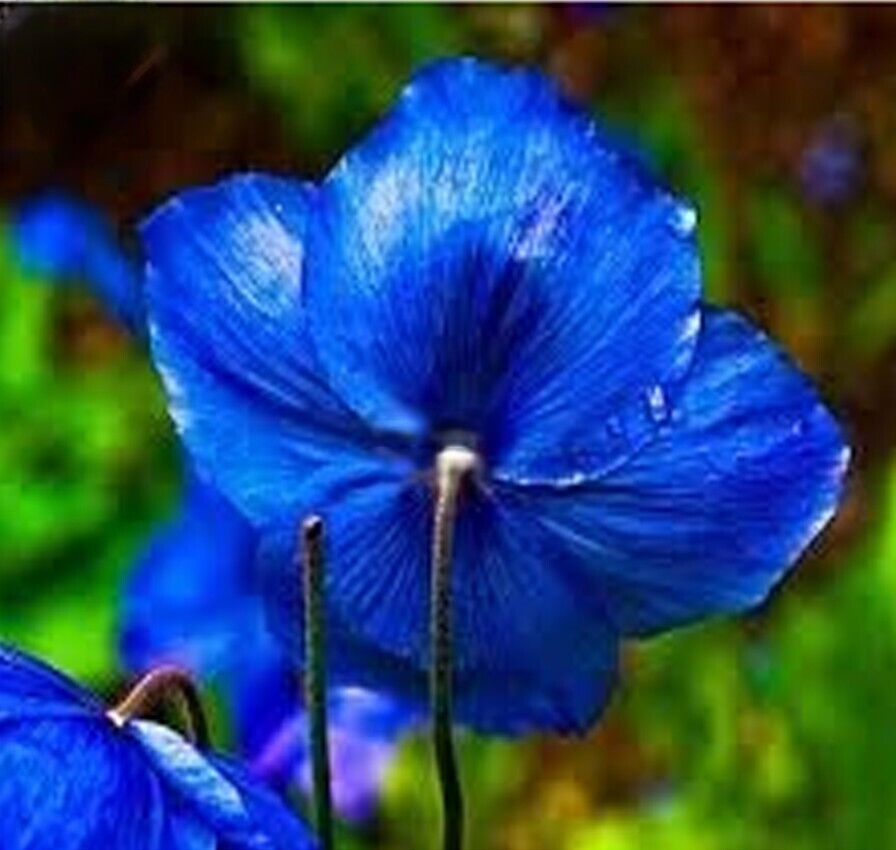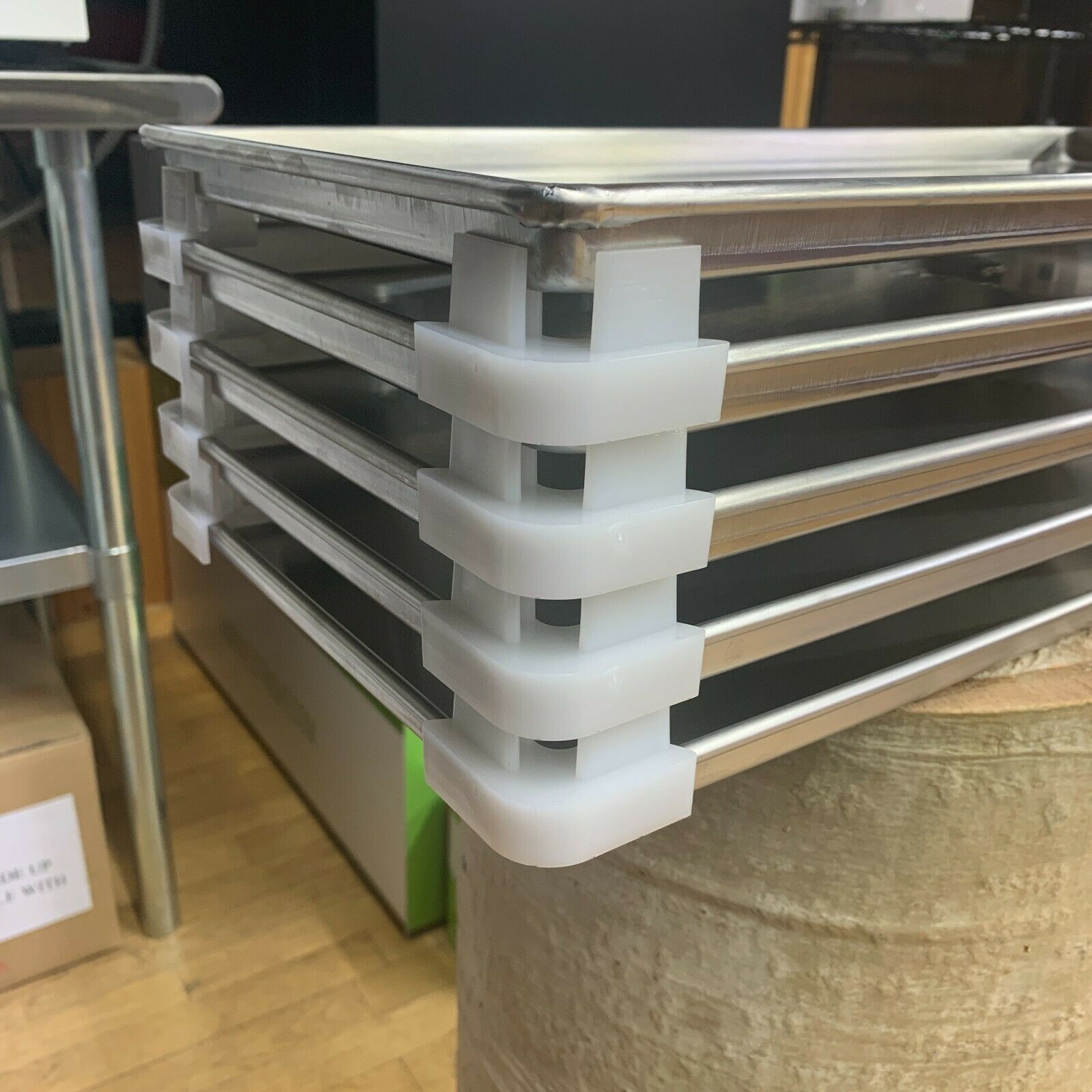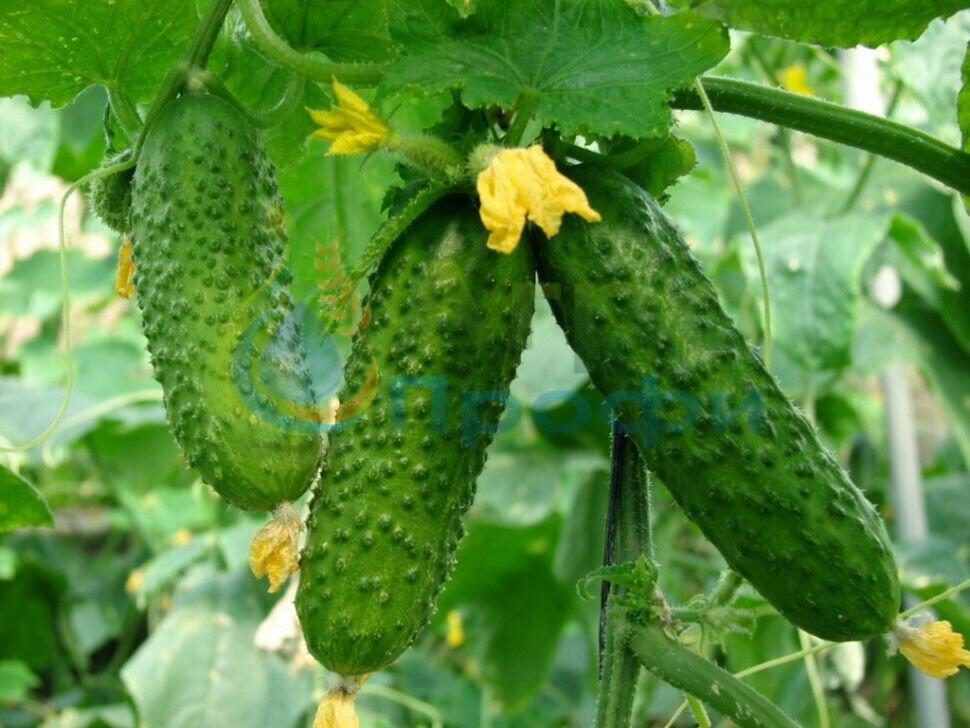-40%
50PCS Seeds New Poppy Himalayan BLUE MECONOPSIS Rare Perennial Flower
$ 1.96
- Description
- Size Guide
Description
Hello, dear customer. We are happy to welcome you to our eco-friendly store. We hope that our store will be useful and convenient for you.You have chosen:
50PCS/Pkt Seeds New Poppy Himalayan BLUE MECONOPSIS (
Package: Fully sealed by Aluminum foil bag with name, qty, production date
,
100% new and high quality)
Product description
:
Amazing pale blue flowers of the Himalayan poppy are rarely found among the inhabitants of the garden plot. But those who are familiar with this extraordinary flower always regret that they have not met this plant before.
The Himalayan poppy, or Blue Poppy, is a herbaceous perennial. It belongs to the genus Meconopsis, the Poppy family. The plant is native to the Himalayas. In the Buddhist kingdom of Bhutan, the Himalayan blue poppy is a national symbol.
Over the years, the perennial grows due to the growth of the basal rosettes. Thanks to a powerful root system with "sleeping" growth buds that wake up with the beginning of spring, the bush resumes last year's dead parts of the plant.
Each season, up to three daughter rosettes of leaves are formed at the bush, which will bloom in the upcoming spring.
After flowering, seed pods are formed containing many small rounded dark seeds. The fruits of the blue poppy are elongated, densely pubescent, and acquire a brown color during maturation. To collect seed material, the poppy fruit is plucked before ripening, otherwise the seeds will end up on the ground. Poppy seeds are stored in the refrigerator until the next sowing.
Instructions for planting and care:
In the first year of life, the bush is quite weak and requires more attention and care. Starting from the second year, the blue poppy grows rapidly, begins to bloom and form new rosettes.
Himalayan poppy is a thermophilic plant: it calmly tolerates prolonged hot and arid weather. However, with prolonged air temperature above 35 degrees, the formed buds dry up without opening.
The blue poppy belongs to tall perennials. To prevent damage to the peduncles, it is recommended to use low supports for garter flowers.
It is not difficult to grow a blue poppy, it is enough to follow simple rules for maintenance and care, thanks to which a bright bush will delight with lush flowering for a long time. The basic principles of cultivation are the choice of a place for planting, the selection of the correct watering regime, periodic loosening and removal of various herbs.
Choosing a place
For a blue poppy, semi-shaded areas of the garden will be an excellent place: flowers grow perfectly under the shade of garden trees. Despite the apparent fragility and tenderness of the plant, it is not afraid of winds, drafts, heat and rain. The flowers are quite resistant to various manifestations of bad weather. But, despite this, the landing place should be chosen without strong gusts of wind.
The plant is unpretentious to the mechanical composition of the soil: it grows well on light, sandy, loose and non-acidic soils, with a large fertile layer.
Top dressing
To maintain a good level of soil fertility, it is actively enriched with leaf and turf peat, complex mineral fertilizers are applied for flowering garden plants. Top dressing is especially important in the first years of the bush's life. During the vegetative period, top dressing is applied before the beginning of flowering and at the end of autumn.
Various kinds of organic fertilizers, including wood ash, are extremely undesirable, even harmful, for the blue poppy.
Watering
In relation to the blue poppy, it is necessary to observe the water balance. The bush can survive prolonged dry weather. But both poor watering and excess water in the ground can negatively affect the decorative appearance of the Himalayan poppy.
To preserve soil moisture after watering, as well as to prevent overheating of the soil in hot weather, mulching of plantings is carried out. For these purposes, spruce needles, sawdust, shavings, dry leaves, grass, bark are used.
For good growth and abundant flowering, it is necessary to maintain an optimal level of humidity. That is why it is recommended to spray the bushes.
Pruning
In order for the blue poppy to become a permanent resident of a flower bed or garden, it is necessary to cut off all flower stalks in the first year of life. This procedure will avoid the death of a young plant. Even one stem with a flower can cause the death of the entire plant. In the first year, pruning the peduncles before flowering prolongs the life of the plant.
After the growing season, the entire aboveground part is cut off at the root.
Wintering
The plant is frost—resistant and winter-hardy, able to survive a drop in temperature to - 18 degrees. Special covering materials for the plant do not need to be purchased. It is enough after autumn pruning to cover the blue poppy with a good layer of fallen foliage, spruce branches, shavings or wood chips.
Seeds
Blue poppy is sown in early spring for seedlings, and in autumn — under winter in the open ground. Plants grown from seeds bloom for 3-4 years after planting.
The algorithm of propagation of blue poppy seeds
The sequence of actions when propagating Himalayan poppy seeds:
Seed selection
In specialized stores, you can buy proven seed material of blue poppy. It should be remembered that independently collected seeds of the hybrid form of the blue poppy do not retain the signs of the mother plant. In varietal varieties, such a feature is not observed.
Before planting, the seeds must be subjected to forced stratification. To do this, the seed material is wrapped in a damp cloth, put in a bag and stored in the refrigerator for 1.5 months.
Soil preparation
For growing seedlings, you can purchase a ready-made slightly acidic or neutral earthen substrate, or prepare an earthen mixture yourself. Take one part of turf and leaf land, sand, mixed with two parts of peat. The resulting earth mixture is disinfected with a weak solution of potassium permanganate or calcined in an oven.
Preparation of the container for planting
Choose a shallow wide container with enough holes at the bottom to remove excess water. Flower shops offer special cassette containers for such purposes — wide containers divided into cells. Drainage material is placed on the bottom of the container. It can be expanded clay, brick chips, wood chips, crushed nut shells. The prepared earth is filled in from above.
Sowing
In late February — early March, seeds are sown for seedlings. In late August — early September, the poppy is sown in the open ground.
Before the procedure of sowing seeds on seedlings, the earthen substrate is moistened with a growth stimulant. This will accelerate the development of the root system. For these purposes, drugs such as: sodium humate solution, novosil, kornevin are used. Due to the low germination of Himalayan poppy seeds, stimulating drugs allow you to get full-fledged shoots.
If possible, evenly distribute the seeds on the surface of the earth. With a spoon, or other suitable object, they are slightly pressed 1.5 — 2 mm into the ground. Sprinkle fine-grained sand on top, moisten the sowing with a spray gun. Only by creating a constant level of soil moisture can healthy shoots be obtained.
To create a greenhouse effect, the container is covered with a film or glass. The container is stored in a warm room, with diffused light, away from cold drafts. For ventilation, the film is periodically removed for a short period of time.
The first shoots will appear in 14-20 days. Growing seedlings is a rather complicated process, it is very difficult to get healthy seedlings, but with proper experience, attention and diligence it is quite realistic.
The optimal growing temperature is +10 ... +14 degrees. If the permissible temperature level is exceeded, the sprouts may die. The soil moisture should be constant. If the watering conditions are violated, the sprouts are affected by the fungal disease "black leg". To prevent the death of the plant and prevent the occurrence of fungal diseases, the soil and the base of the roots of the plant are treated with a highly effective fungicide "Oxych". Before planting seedlings in the open ground, the fungicide is used at least three times. After the formation of 2-3 sheets, if cassette seedling boxes were not used, the seedlings are transplanted into separate containers.
Before planting in a permanent place in the garden, seedlings are subjected to a hardening procedure. Gradually, starting from 10-20 minutes, the young shoots are taken out into the open air of a balcony or terrace. As soon as the plant gets stronger, and the probability of nocturnal spring frosts is excluded, the poppy is planted in a permanent place.
Young seedlings are planted in the open ground at the end of spring, in warm clear weather, with a minimal chance of lowering the temperature. The distance between the plants should be 20-40 cm.
The plant is transplanted either in late summer or early autumn, at the end of the vegetative period, or in early spring, after snowfall.
Whether it is planting or transplanting a blue poppy, you should carefully and carefully extract the plant, preserving the integrity of the native lump of earth.
To grow a Himalayan poppy on your site is a completely solvable task, but it requires a lot of attention and participation. The blue poppy can be considered a universal plant: it will easily fit into a flower garden, will become an ornament of tents and alpine slides. Combining with other types of meconopsis, you can create a constantly blooming flower bed throughout the summer.
Payment information
:
We accept all payments and transfers provided by Ebay
Delivery information
:
We deliver to America within 20-40 days. Worldwide delivery - 18-30 days.
Order processing time within 1-2 business day. If the order is received within the last hour of our business hours, it is likely that the order will be processed within the next business day.
Technical support and customer service:
If you have any questions, please feel free to contact us via eBay message. We will try to answer You as soon as possible and resolve your question.
Due to time zone differences, we will respond from 5.00 to 18.30 London time, 0.00-13.30 new York time, 14.00-03.30 Tokyo time. We are in touch, please contact us.
Have a nice day!
Disputes and controversies:
If you are not satisfied with the product (packaging, delivery time), or you have any questions or complaints, please contact us before you leave negative feedback, we will try our best to solve the problem in a short time. We are very interested in solving your questions with the maximum benefit for you. It is important to us that each of our customers is satisfied. We try to be the best for you!
Feedback from recipients
:
Your feedback is very important to us. If you are satisfied with our products and services, please leave a positive 5-star review and we will do the same for you. Thank you in advance!
Gratitude
:
Thank you for choosing our store and products. They are really high quality and deserve attention. We look forward to seeing you again. We wish you a successful and pleasant shopping!
We wish you joy and prosperity, so that the seeds sown as a result of our cooperation will continue to bear fruit and please you for many years to come!
Add our store to your favorites list and you will always have the right seeds at hand!









